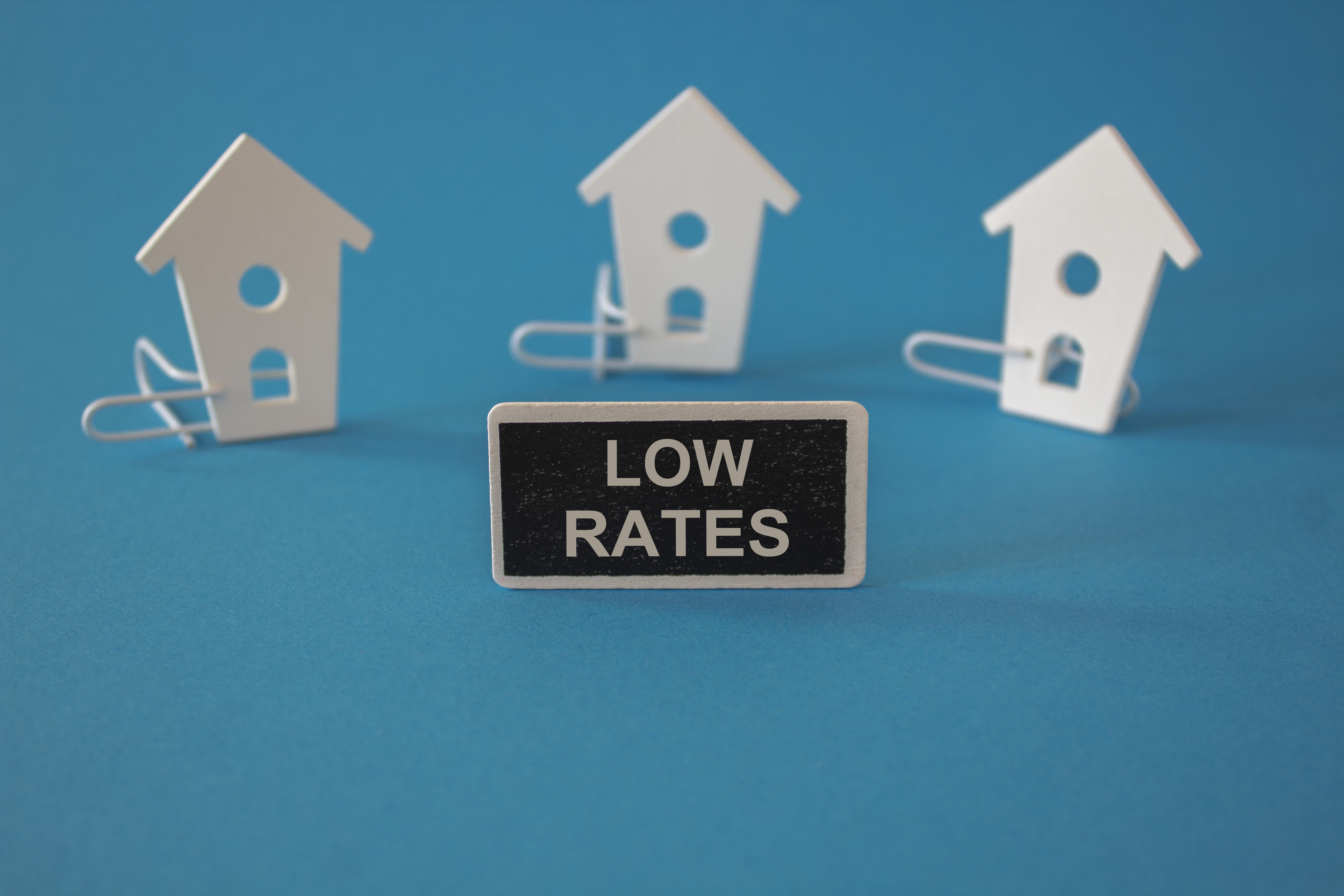What Is an Escrow Advance? A Complete Guide

Strong 8k brings an ultra-HD IPTV experience to your living room and your pocket.
In the mortgage industry, various financial terms can sometimes confuse homeowners. One such term is escrow advance. Understanding what an escrow advance is and how it impacts mortgage payments can help homeowners manage their finances better. This article will explain what is an escrow advance, how it works, its benefits, and when it might be needed.
What Is an Escrow Advance?
An escrow advance is a payment made by a mortgage lender to cover escrow-related expenses when there are insufficient funds in the borrower's escrow account. This account typically holds money for property taxes, homeowners insurance, and sometimes other related costs. When the balance in the escrow account is too low to cover these expenses, the lender steps in and advances the necessary funds.
How Does an Escrow Advance Work?
To understand what is an escrow advance, it is important to first grasp the concept of an escrow account. Mortgage lenders require borrowers to make monthly payments into an escrow account. These payments ensure that property-related expenses, such as taxes and insurance, are covered on time.
However, if an escrow account does not have enough money due to unexpected tax increases, insurance rate hikes, or miscalculations, the lender provides an escrow advance to cover the shortfall. The borrower then repays this amount through adjusted future mortgage payments.
https://calendly.com/dream-home-mortgage-appointment/30min
Why Do Lenders Provide an Escrow Advance?
Lenders issue escrow advances to prevent missed payments on property taxes or insurance, which could lead to penalties or lapses in coverage. Without an escrow advance, homeowners might face financial difficulties or even risk foreclosure due to unpaid obligations.
Common Reasons for an Escrow Advance
Increased Property Taxes – Local governments may reassess property values, leading to higher tax bills. If an escrow account does not have enough funds, an escrow advance covers the difference.
Insurance Premium Changes – If homeowners' insurance rates rise unexpectedly, the escrow account may not have sufficient funds, requiring an escrow advance to pay the balance.
Miscalculations or Errors – Sometimes, incorrect estimates of taxes or insurance costs result in shortages that must be covered through an escrow advance.
Delayed Payments – If an escrow payment is delayed due to processing issues, a lender may step in to advance the payment to avoid late fees.
How Is an Escrow Advance Repaid?
Homeowners must repay the escrow advance through their monthly mortgage payments. The lender will adjust future payments to gradually recover the amount. This adjustment could be spread out over several months or the entire year to minimize financial strain on the borrower.
Impact on Monthly Mortgage Payments
Once an escrow advance is issued, the lender recalculates the escrow portion of the mortgage payment. This new payment will include:
The regular escrow deposit for taxes and insurance
A portion of the advance repayment
Any adjustments for future tax or insurance cost increases
This process ensures that the escrow account maintains enough funds to cover upcoming obligations without requiring additional advances.
https://dreamhomemortgage.com/escrow-advance-what-it-means-and-its-role-in-refinancing/
Benefits of an Escrow Advance
An escrow advance provides several advantages for homeowners, ensuring that their mortgage-related expenses are handled smoothly.
1. Prevents Late Fees and Penalties
With an escrow advance, taxes and insurance premiums are paid on time, preventing penalties or coverage lapses. This is crucial for homeowners who want to avoid financial setbacks.
2. Protects Homeownership
If taxes or insurance go unpaid, homeowners could face serious consequences, including foreclosure. An escrow advance helps safeguard property ownership by ensuring all obligations are met.
3. Reduces Financial Stress
Sudden increases in tax or insurance payments can be overwhelming. An escrow advance provides temporary financial relief, giving homeowners time to adjust their budgets.
When Is an Escrow Advance a Good Option?
While an escrow advance is a helpful tool, homeowners should understand when it is beneficial. It is a good option when:
There is a temporary cash flow issue, and the homeowner needs time to cover increased expenses.
Tax or insurance costs unexpectedly rise, creating an escrow shortfall.
Homeowners want to ensure their property obligations are met without financial hardship.
However, if frequent escrow advances are needed, homeowners may need to reassess their financial planning and adjust their mortgage escrow contributions accordingly.
How to Avoid an Escrow Advance
While an escrow advance helps in emergencies, it is better to avoid the need for one altogether. Here are some ways homeowners can prevent escrow shortfalls:
1. Monitor Property Tax and Insurance Costs
Keeping track of tax assessments and insurance premium notices can help homeowners anticipate cost increases. Planning for these changes can prevent unexpected shortfalls.
2. Maintain an Escrow Cushion
Lenders typically require a small escrow cushion, but adding extra funds voluntarily can provide additional security against unexpected increases.
3. Review Annual Escrow Statements
Mortgage lenders send annual escrow account statements detailing payments and balances. Reviewing these statements helps homeowners stay informed and prepared for any necessary adjustments.
4. Budget for Potential Increases
Since taxes and insurance costs often rise over time, homeowners should plan for these expenses within their overall budget. Allocating extra funds toward the escrow portion of the mortgage payment can prevent surprises.
How Dream Home Mortgage Helps with Escrow Advances
For homeowners looking for reliable mortgage services, Dream Home Mortgage provides comprehensive solutions covering all aspects of what is an escrow advance. They ensure that homeowners receive the best financial guidance to manage their escrow accounts effectively and avoid unnecessary financial strain.
Conclusion
Understanding what is an escrow advance is crucial for homeowners who want to manage their mortgage payments efficiently. This financial tool helps cover unexpected escrow shortages, ensuring that property taxes and insurance premiums are paid on time. While an escrow advance provides short-term relief, homeowners should take proactive steps to avoid frequent shortfalls. By monitoring expenses and maintaining an escrow cushion, homeowners can better manage their finances and prevent unexpected increases in their mortgage payments.
For those seeking expert assistance, Dream Home Mortgage offers professional guidance and comprehensive mortgage services, ensuring homeowners stay financially secure.
Note: IndiBlogHub features both user-submitted and editorial content. We do not verify third-party contributions. Read our Disclaimer and Privacy Policyfor details.







